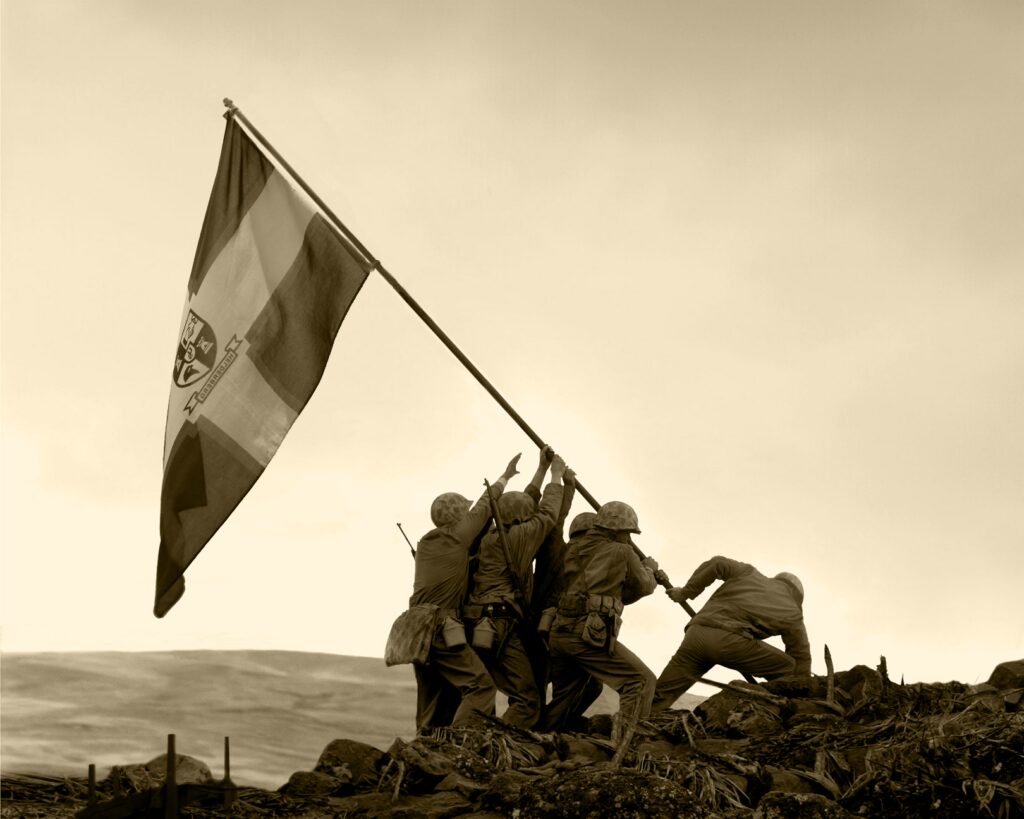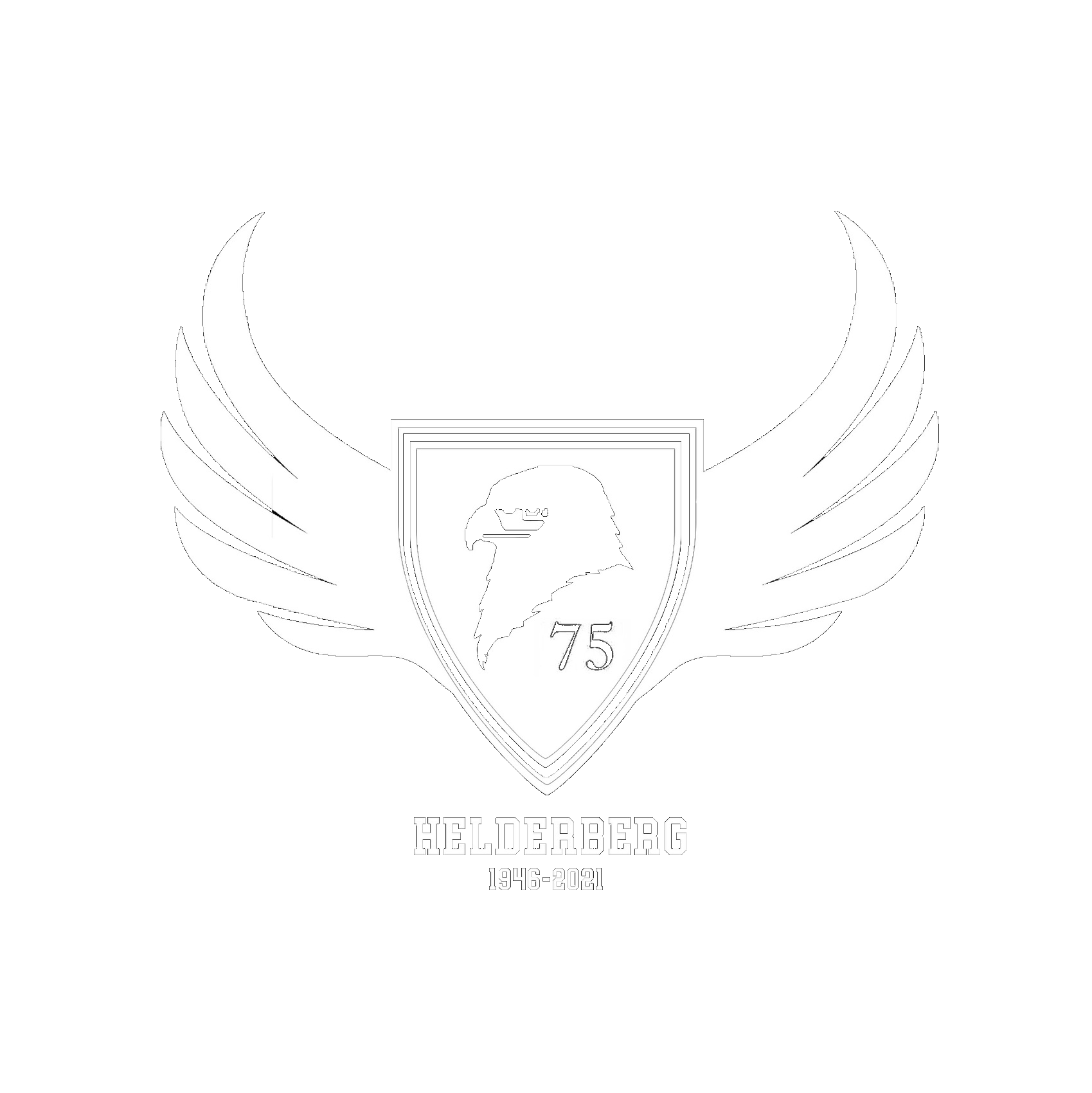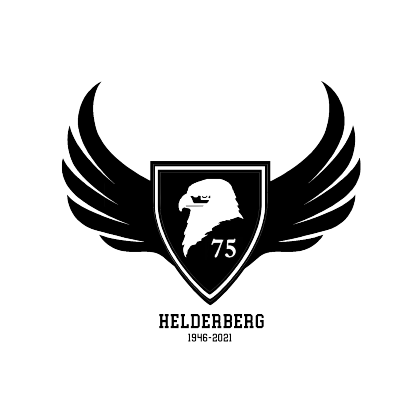
The Origins of Helderberg
After World War II, the University realised the need for housing for soldiers returning from the battlefield who wanted to study. This is also the reason why Helderberg is situated further from campus: to keep the soldiers and their rough and shameless parties away from the students and their peaceful, academic atmosphere (This proved to be a wise decision because Helderberg still maintains a full social program). In 1945 the government allocated money for the building of a new residence, Helderberg, which would be built behind Victoria House in Dorp Street. Twenty thousand of the total thirty thousand pounds was granted by the government.
Originally Helderberg was built as flats to accommodate the young yet newly-wed soldiers who came to the University. In those days, Piet Retief Street (in front of Helderberg) did not exist. The result was that vehicles and pedestrians freely used the road directly in front of Helderberg. After numerous petitions and pressure from the visiting professor to the City Council, it was decided to build Piet Retief Street and the Republic’s borders were finally demarcated.
Calling out the Republic
On the 28th of August 1957 Helderberg entered a new era. On this day Helderberg was declared a Republic – a first in Stellenbosch. The primarius would fill the position of President and the house committee that of his Cabinet. We can imagine that the moment was a ceremonious and dramatic one as it was in a time when all strived for an independent and united Republic of South Africa. This means Helderberg is the oldest Republic in Africa. Dr. J.S. Gericke, vice-chancellor after whom the library is named, represented the University when the Republic of Helderberg’s flag was hoisted for the first time.
An enlarging Helderberg
In 1954 the growing demand for residence led to the construction of an identical building next to the Ou Gebou. At first this building would have been named “Simonsberg”, but the House Committee disapproved this stating that it would cause a dispute between the residents. After many problems, the Nuwe Gebou was finished within four and a half months. In February 1955 the first students moved in. Originally only first years and their mentors stayed there. After the completion of the Nuwe Gebou, the Helderberger’s wanted their own community hall. In 1954 primarius Helius Wolfaardt launched this project. After many discussions with the House Committee, the Rector finally approved but on one condition: Helderberg had to make a financial contribution to the project. The project was taken over by Thys Vermeulen and in 1960, the Cabinet contributed R1 000. Construction began that year with the understanding that Helderberg would contribute another R1 000 at a later stage. With the inauguration of the community hall in 1961, a long-time goal of Helderberg was accomplished. A special edition of the “Berghaan” was printed in honour of this day.
During 1993 major renovations and improvements were made. The parking areas and lawns were enlarged. Neat pathways were paved in front of the buildings and each section was fitted with a kitchen.
In 1998 the University started with the construction of a third building and in 1999 the Nuutste Gebou was used for the first time. This building differs from the other two.
Head of houses
Through the years Helderberg has had many competent heads of house. Dr. (Pappa) Weis was the first visiting professor and in 1950 he was appointed head of house. It was a sad day in 1962 when Dr. Weis left Helderberg to be the new Director of the Africa Institute. His successor was mr J.W.F. de Villiers. In 1964 Mr de Villiers left for Britain to obtain his doctorate and left Helderberg in the capable hands of dr. (Pappa) Jonker. When dr De Villiers returned from Britain, he came back to Helderberg and stayed with us until 1973.
From 1974 until 1978 dr Van Wyk was head of house. He was succeeded by prof. J.I. Cronje who obtained both his B.A. and Honours degrees cum laude. In 1986 he obtained his doctorate. Prof. Cronje was also a selector for the Western Province u/20’s-rugby. Prof. Cronje, his wife, and his children were a big part of Helder- berg. After 23 years at Helderberg, prof. Cronje was replaced by Mr Van der Walt.
Mr. van der Walt was our head of house for four years. Helderberg’s Rugby was his great passion and he also contributed to our academic success. He was a dedicated head of house and Helderberg was always his first priority. Mr. van der Walt was relieved by Mr. Leon van der Heever in 2006. He oversaw the renovation of the Newest Building.
In 2010 Mr Robert Kotzé, took over the reigns as head of house and served honourably and diligently until late 2022 where Mr Bantu Louwe took over and is the present head of house.

